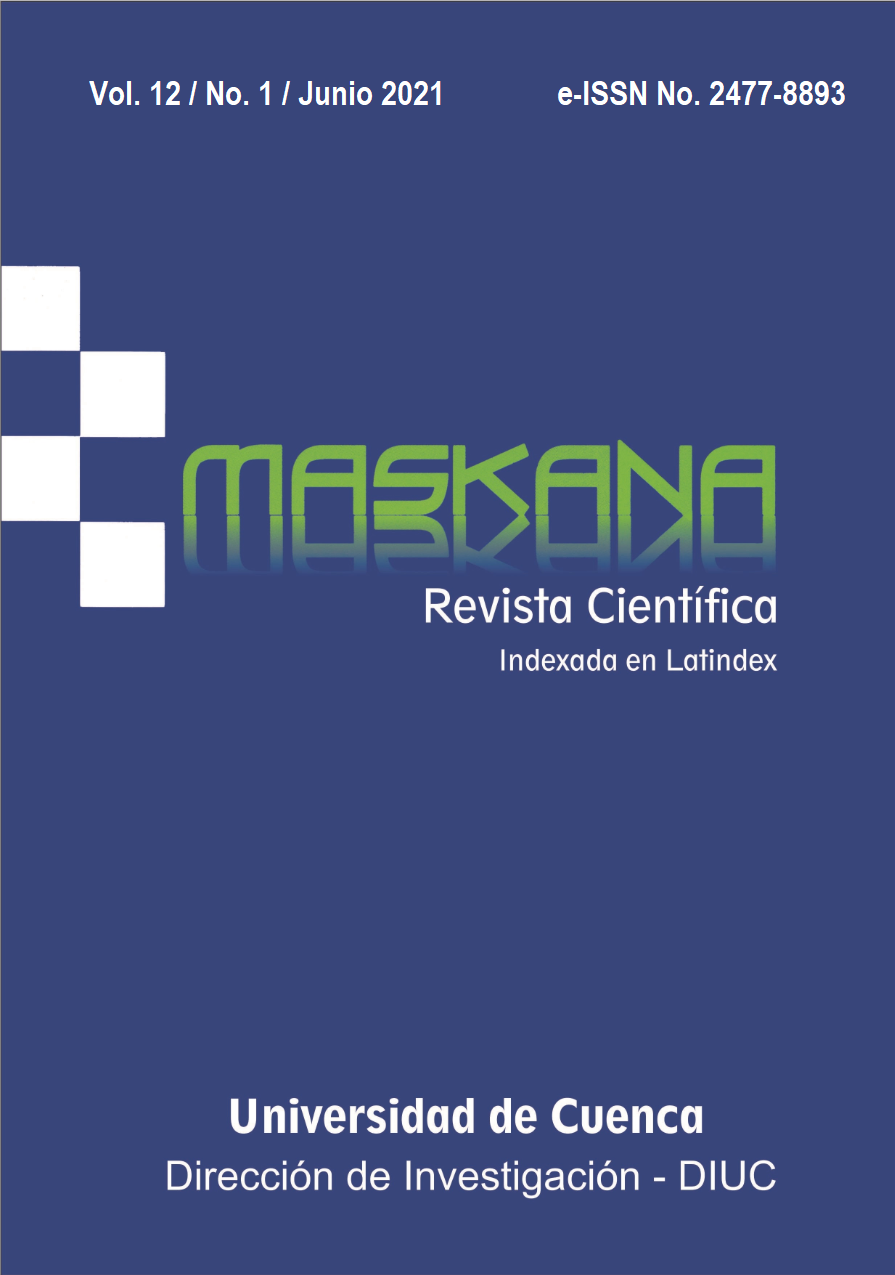Pros and cons of university ranking
DOI:
https://doi.org/10.18537/mskn.12.01.00Abstract
Ranking of universities has become over the past two decades a common practice and the institutions’ interest in ranking at national and international level is only increasing. Universities, analogous to the industry, increasingly use their ranking to highlight their quality and excellence, with the objective to increase its visibility leading to a positive impact on the attraction of students and faculty, and cooperation with the public and private sector. Various studies showed that the ease of fund raising, international cooperation, recruitment of international and local students, graduate employment, and the cooperation with the private and public sector are positively affected by the institution’s ranking. Through this editorial note, the author, who has a vast experience in university management, makes a brief analysis not only of the pros but also of the cons of this type of rankings, providing insights on the essential aspects to take into account from this information and also on how to correctly interpret the data from this useful management tool, especially in the context of the reality of our Latin American universities.
Downloads
Metrics
References
Da Wan, C. (2021). The role of global rankings in recolonizing universities. University World News Magazine, 25 May.
Nicol, L., & Preece, A. (2021). Go compare - The emerging threat to higher education. University World News Magazine, 22 May.
Șerban-Agachi, P. (2017). Improving performance of universities using university rankings. Case study, Al Farabi Kazakh National University, Kazakhstan. Journal of Research in Higher Education, 1, 23-36.
Torres-Samuel, M., Vásquez, C. L., Viloria, A., Varela, N., Hernández-Fernandez, L., & Portillo-Medina, R. (2018). Analysis of patterns in the University World Rankins Webometrics, Shanghai, QS and SIR-SCimago: Case Latin America. In: Y. Tan et al. (Eds.). DMBD 2018, LNCS 10943, pp. 188-199. https://doi.org/10.1007/978-3-319-93803-5_18
Torres-Samuel, M., Vásquez, C. L., Luna-Cardozo, M., Bucci, N., Viloria, B., & Cabrera, D. (2019). Clustering of Top 50 Latin American Universities in SIR, QS, ARWU, and Webometrics Rankings. Procedia Computer Science, 160, 467-472. https://doi.org/10.1016/j.procs.2019.11.063
Published
How to Cite
Issue
Section
License
Copyright (c) 2021 Feyen Jan, PhD

This work is licensed under a Creative Commons Attribution 4.0 International License.
Copyright © Autors. Creative Commons Attribution 4.0 License. for any article submitted from 6 June 2017 onwards. For manuscripts submitted before, the CC BY 3.0 License was used.
![]()
You are free to:
 |
Share — copy and redistribute the material in any medium or format |
 |
Adapt — remix, transform, and build upon the material for any purpose, even commercially. |
Under the following conditions:
 |
Attribution — You must give appropriate credit, provide a link to the licence, and indicate if changes were made. You may do so in any reasonable manner, but not in any way that suggests the licenser endorses you or your use. |
| No additional restrictions — You may not apply legal terms or technological measures that legally restrict others from doing anything the licence permits. |









